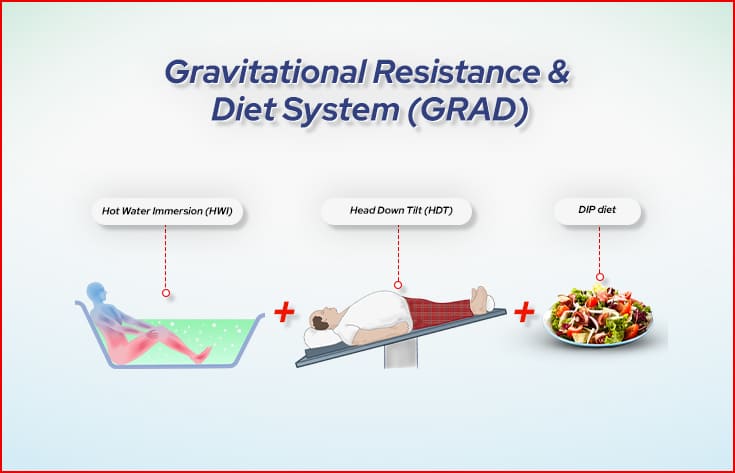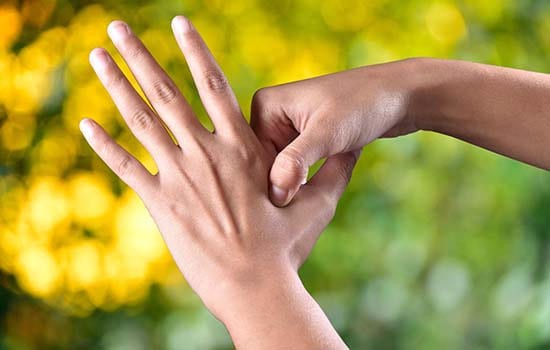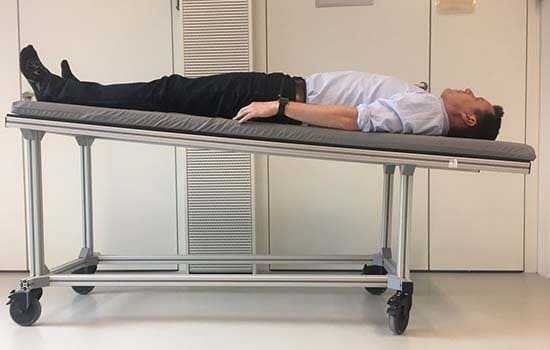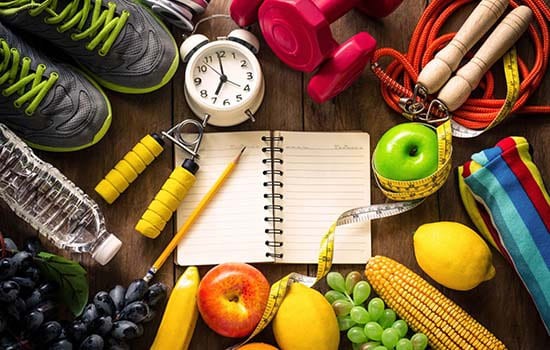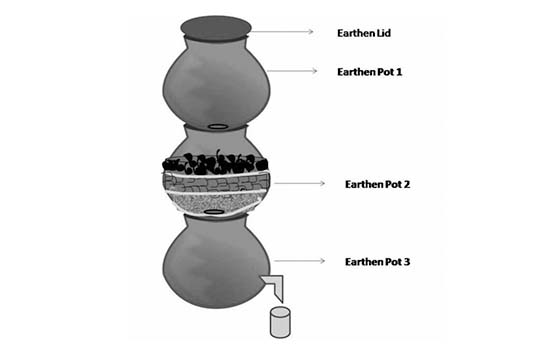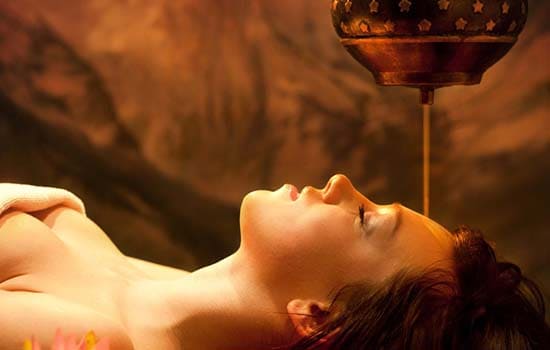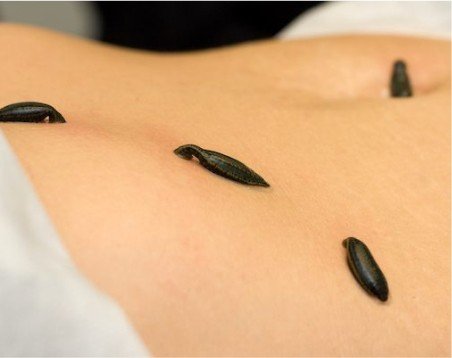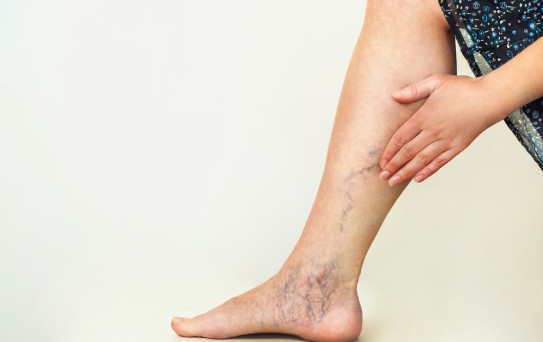
Varicose Veins

Individuals suffering from this condition most often do not experience any pain. Sevyam offers a range of natural and ayurvedic treatment for varicose veins including GRAD, acupressure, head down tilt, DIP diet plan, living water, yoga, pranayama, panchakarma, and leach therapy. Some common signs of this condition include:
- Veins present in the body appear dark blue or purple.
- Veins present in the body look bulging or twisted, most often looking like cords in the lower body.
You might experience the following symptoms in your body if you have this condition such as:
- Feeling heavy or achy in the lower part of your body.
- Swelling, throbbing, burning, or experiencing muscle cramps in the lower part of your legs.
- Experiencing excruciating pain after standing or sitting for long durations.
- Experiencing an itch around the veins.
- The color of the skin changes present around the veins that are varicose.
Although varicose and spider veins appear similar, the latter is smaller. Spider veins are present closer to the surface of the skin and appear blue or red in color. They frequently happen on the lower part of the body, but can also appear on an individual’s face. Our range of treatment for varicose veins has proven to be effective and reliable for our patients.
What are the causes of varicose veins?
The primary reason behind the occurrence of this condition is damaged or weak valves. The arteries present in our body transport blood from the heart to everywhere else. The veins then transport blood from everywhere else in the body toward the heart. To pump blood back to the heart, the veins in the lower part of our body work against gravity.
In order for this to happen, muscle contractions occur in the lower legs that function as pumps wherein elastic vein walls transfer blood back to the heart. Elastic vein walls and muscle contractions in the lower legs help blood return to the heart. Veins have tiny valves that open to allow blood to flow toward the heart and seal to prevent it from flowing the other way. Blood can flow in reverse and collect in the veins if these valves are weak or broken, which can stretch or twist the veins.
What are the risk factors?
Some common factors that can increase the possibility of you suffering from this condition include:
Age – The vein valves that help in controlling the flow of the blood deteriorate with age. Once the valves have worn down enough, some blood can eventually flow back into the veins and collect there.
Sex – As per research, women are more likely to suffer from this condition. Since female hormones tend to relax vein walls, the hormonal changes that happen before a menstrual cycle, during pregnancy, or during menopause could be one of the reasons. The condition may become more frequent due to hormone therapies, such as birth control tablets.
Pregnancy – The amount of blood present in a woman’s body increases when she is pregnant. The change occurs in order to aid the baby but can also lead to the enlargement of the veins present in the lower part of our body.



